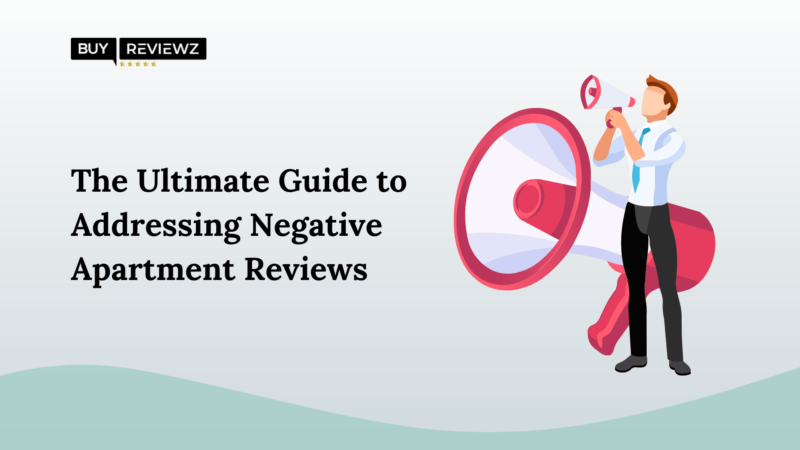How to Manage Construction Projects in a Post-Pandemic World

Covid-19 has posed unprecedented challenges in the construction industry. Work was stopped in progress, raw material procurement and distribution stalled, and the employees were disrupted. As the world breaks free from the negative impacts of the pandemic, construction firms are also required to figure out how they will approach project management in the post-pandemic era. Here are some of the best approaches to the management of construction projects.
Leverage Technology
The pandemic led to increased digitization efforts across industries. Construction Management Software and collaboration tools helped construction companies update their tech stack and optimize operations. Going forward, managers should continue leveraging technology for:
- Electrical Estimating Services: Incorporating an estimator as specialty software to ensure that the cost estimates at the beginning are precise. Electrical estimation services provided by third parties use professionals in the preparation of the estimate, thus preparing accurate estimates.
- Telecommuting – Effectively and efficiently engaging teams that are located in different geographical locations through technology. It enables work to be done irrespective of geographical constraints and reduces the effects of possible site closures.
- Information management – Gathering and analyzing information about the project to identify problems and increase efficiency. Some of these are cost, resources, time, quality, safety, etc.
Refine Budgeting and Planning
The pandemic is a clear example of how the lack of planning for the emergence of such situations is fatal. Future construction budgets will require inflation to cater for disturbances that may come in the future. Another item requiring attention in cost estimation is the availability of building materials.
- Electrical Estimator: A competent estimator service should be able to incorporate such safety margins and cost variations estimating material/labor availability.
Another key component is continuous planning—managers must assess the external environment and adjust the project plans instead of following the set plan. Preparation for the various possibilities ensures that construction projects are not compromised in the event of an occurrence.
Prioritize Health and Safety
The construction industry has always paid much attention to the health and safety of the worksite. The pandemic elevated this requirement due to the new health measures and recommendations. In future, the company should prioritize the welfare of the workers to reduce the chances of shutting down and other forms of liabilities.
Temperature/symptom checks, social distancing, hand hygiene, shift staggering, mandatory use of PPEs with proper training, and safety education are crucial. The selection of safety managers and committees to oversee compliance with postoperative guidelines can also be useful in ensuring that sites adhere to guidelines.
Optimize Teams and Collaboration
Some dependency risks were made clear by the pandemic’s workforce shifts imposed abruptly. Activities were hindered because of the absence of cross-training as well as transition planning.
Construction managers can avoid such bottlenecks in the future by:
- Outsource Electrical Estimating: In the case of the existence of capability gaps for specialized functions such as electrical, mechanical, or structural estimating, it is advisable to contract with an external professional estimating services provider.
Rotating employees to enhance the range of skills within the team. This makes them ready to undertake other duties if required to do so in the future.
Efficient information sharing collaboration and decision-making processes whether teams are colocated or distributed.
Ensuring that all the stakeholders are involved collaboratively throughout the design process.
Applying an emphasis on a collaborative search for solutions in case of future conflicts and difficulties.
Adopt Agile Methodologies
The original linear construction project schedule did not allow for flexibility in accommodating such factors and many projects went awry during the pandemic.
Uncertainties are best managed using Agile project management approaches like Lean Construction. They involve:
- Rolling planning – where detailed schedules are drawn and modified as often as the work accomplished differs from the plan.
- Fragmentation of work – Limiting exposure by breaking down assignments into smaller tasks. All the phases can be redesigned if required.
- Progress reviews – Daily or weekly work reviews to quickly identify and remove barriers.
- Workload leveling – Equalizing manpower requirements and eradicating the issue of congestion.
- Increased accountability and access to information – On-site teams would make decisions quickly, and they would be fully accountable for the actions they undertake.
Embrace Innovation
Construction is one of the least innovative industries or sectors as it has been resistant to change for many years. It is now high time for the construction industry to apply innovation more assertively to develop sustainability.
Technologies like drones/satellites, 3-D printing, modular construction, Internet of Things sensors, machine learning, etc. can enhance various construction processes. Such tools if integrated by the companies will have the companies in question enjoying a competitive edge.
The pandemic also increased interest in research into antimicrobial materials, autonomous equipment, wearable technology, robotic automation, etc., and managers should actively seek out such promising advancements. Thus, one of the best strategies to leverage innovation is to work with proptech startups or technology partners.
Conclusion
The lockdowns brought on by COVID-19 had a disruptive impact on construction firms and forced long-overdue changes in the sector. If managers embrace digital platforms, enhance workforce capacity, embrace health/safety, promote teaming, adopt agile methodologies, and adopt innovation – then managers can improve their project execution in the post-pandemic business environment.
The agility that construction organizations are building now will help them deal not only with pandemic-like black swan events but also with the increasing challenges of mega projects. Organizations that transform their project management strategies in the way outlined above will achieve a sustainable competitive benefit.





